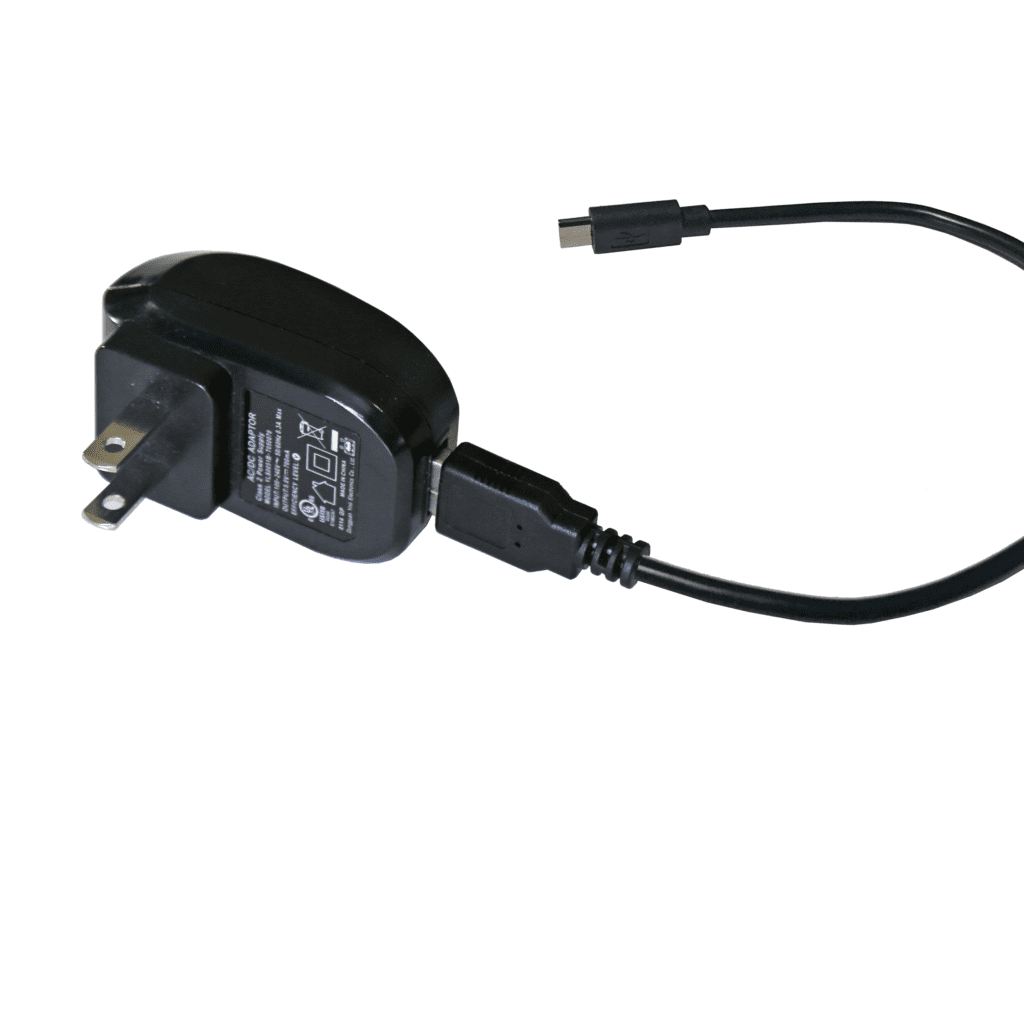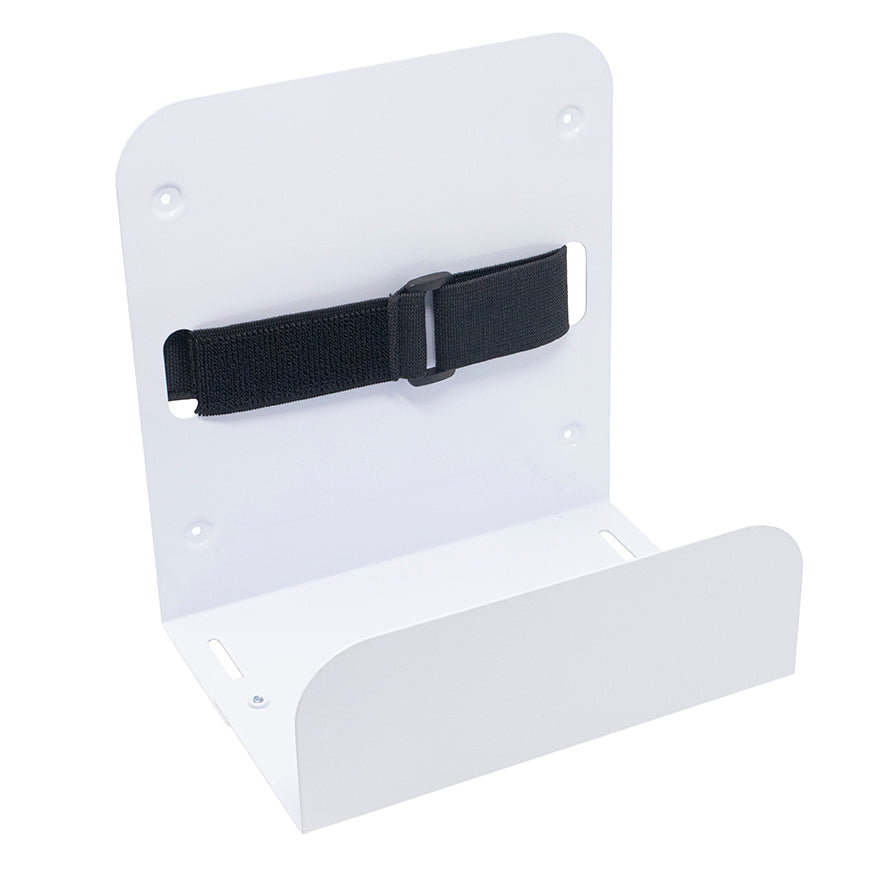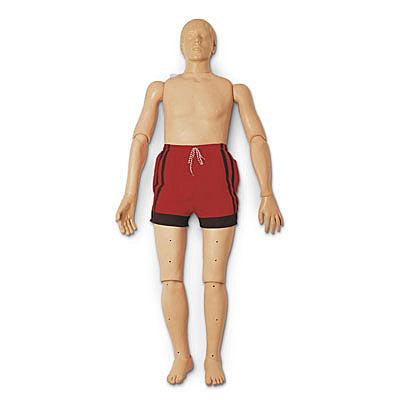Automated External Defibrillators (AEDs) are life-saving devices that can significantly increase the chances of survival for individuals experiencing sudden cardiac arrest (SCA). Given their critical role, it's imperative to ensure AEDs are easily accessible and properly maintained in community settings such as offices, schools, and churches. Here are key considerations and recommendations for the ideal placement of AEDs in these environments.
Importance of AED Accessibility
Before diving into specific placement strategies, it’s important to understand why AED accessibility is crucial:
1. Immediate Response: The chances of surviving SCA decrease by about 10% for every minute that defibrillation is delayed. Quick access to an AED can mean the difference between life and death.
2. Ease of Use: AEDs are designed for use by laypersons with minimal training, but their effectiveness hinges on quick and easy access during an emergency.
3. Community Confidence: Visible AEDs can boost confidence among community members, knowing that the environment is equipped to handle cardiac emergencies.
Office Settings
In an office setting, the following strategies can ensure optimal AED placement:
1. Central Location: Place AEDs in a central, well-trafficked area such as the main lobby, break room, or near the reception desk. This ensures that employees from all parts of the office can access the device quickly.
2. Near Elevators and Staircases: These are high-traffic areas and often the quickest routes for moving between floors, making them strategic points for AED placement.
3. Clear Signage: Ensure that AED locations are clearly marked with signs that are easily visible from a distance. Regularly update maps or floor plans to highlight AED locations.
4. Multiple Units: For larger offices, multiple AEDs may be necessary to ensure that no one is too far from a device. Aim for a maximum of 3-minute round-trip travel time to retrieve the AED.
School Settings
Schools are dynamic environments with high foot traffic and varying levels of activity throughout the day. Here’s how to place AEDs effectively:
1. Near Main Entrance and Administrative Offices: These areas are usually staffed and can ensure that an AED is quickly accessible during school hours.
2. Gymnasiums and Sports Fields: Sudden cardiac arrests often occur during physical activities, making it vital to have AEDs near sports facilities.
3. Cafeterias and Common Areas: High-traffic areas like cafeterias and assembly halls should have easily accessible AEDs.
4. Multiple Floors and Buildings: Ensure each building and floor in the school has an AED. For large campuses, additional units may be needed in key locations to cover extensive areas.
Church Settings
Churches often have large gatherings and community events, necessitating strategic AED placement:
1. Main Entrance and Sanctuary: Place AEDs near the main entrance and in the sanctuary where large numbers of people congregate.
2. Fellowship Halls and Classrooms: These areas host smaller gatherings and activities; having AEDs nearby ensures quick access during events.
3. Activity Centers and Gymnasiums: For churches with attached activity centers, AEDs should be placed in these locations due to the physical activities conducted there.
4. Signage and Visibility: Like other settings, clear signage is essential. Ensure AEDs are placed in visible, easily identifiable locations.
Maintenance and Training
Regardless of the setting, regular maintenance and training are critical:
1. Routine Checks: Regularly inspect AEDs to ensure they are operational. Check battery life and the condition of electrode pads, replacing them as needed.
2. Training: Conduct regular training sessions for staff, volunteers, and community members on how to use an AED. Familiarity with the device can reduce hesitation and increase the effectiveness of the response.
3. Emergency Drills: Incorporate AED use into emergency drills. This practice helps ensure that everyone knows the location of the devices and how to use them during an actual emergency.
Strategically placing AEDs in offices, schools, and churches is essential for enhancing community safety. By ensuring these devices are accessible, well-marked, and maintained, and by providing proper training, we can significantly improve the chances of survival for individuals experiencing sudden cardiac arrest. Prioritize AED placement and maintenance to create a safer environment for everyone.














